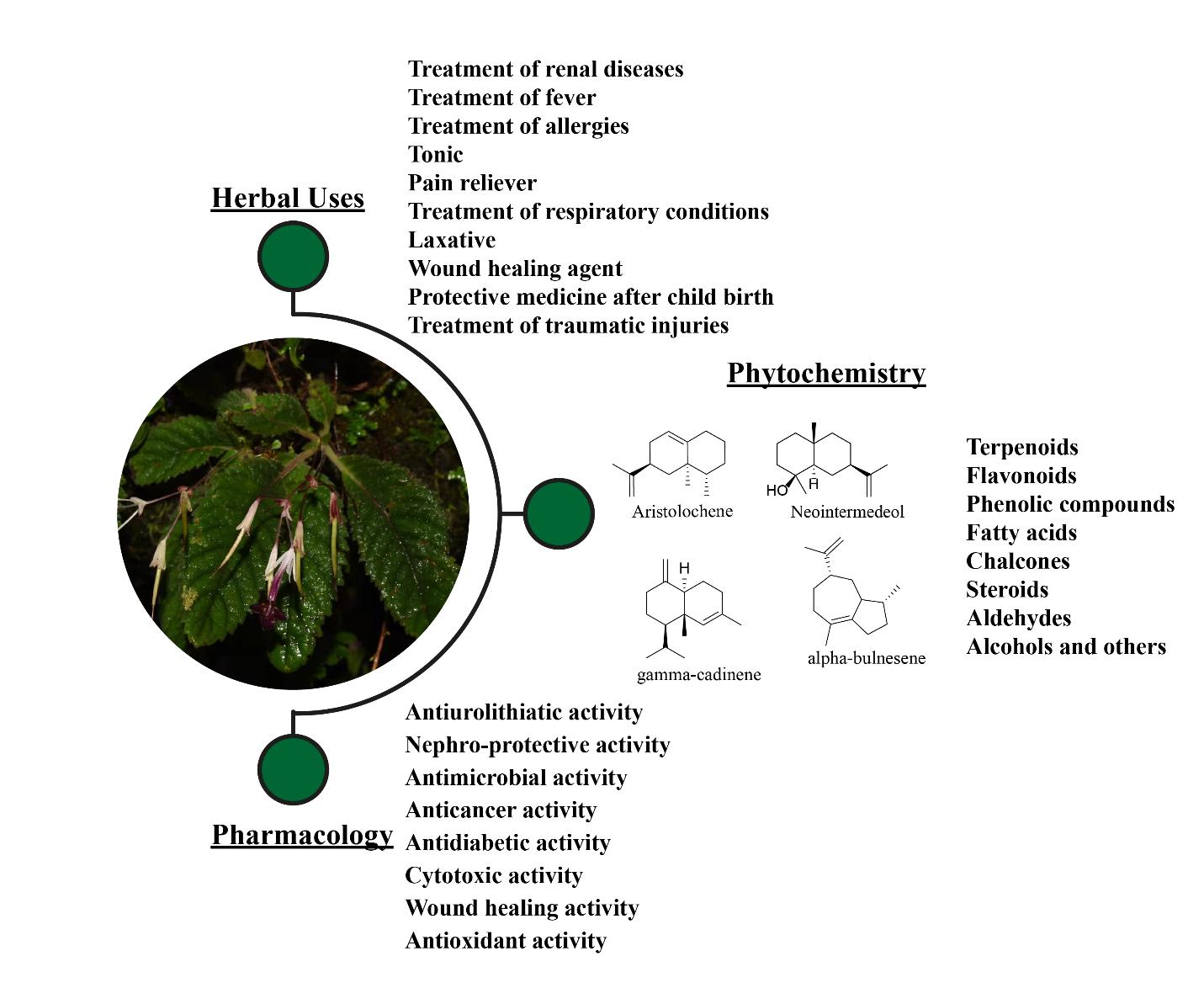Chinese Academy of Sciences
The genus Didymorcapus Wall.comprises over 100 species which are widely distributed from the Himalayas to the Malay Peninsula. Species in this genus have been used in traditional medicine as single herbs or in polyherbal formulations to treat renal diseases, chronic wounds, traumatic injuries, etc.
Researchers from the Wuhan Botanical Garden of the Chinese Academy of Sciences (CAS) critically assessed the available literature on phytochemistry, thenobotanical and pharmacological uses, possible mechanisms of action, and toxicology of the plant species from the genus Didymocarpus to enlighten the future research.
They found that 17 species of this genus have applications in traditional systems of medicine in several Asian countries. Over 166 chemical compounds have been isolated from this genus, including terpenoids, flavonoids, phenolic compounds, and others. The genus Didymocarpus is associated with various pharmacological activities, including antiurolithiatic, nephro-protective, antimicrobial, anticancer, antidiabetic, cytotoxic, wound healing, and antioxidant activities.
This study provides a full-scale review of botanical updates, traditional herbal uses, phytochemistry, pharmacology, and toxicology of the genus Didmocarpus, which may provide a basis for better exploitation of the medicinal value of the genus Didymocarpus in the future.
Results titled "A review on ethnobotany, phytochemistry, and pharmacology of the genus Didymocarpus Wall. (Gesneriaceae)" was published in the Journal of Ethnopharmacology.
This work was supported by grants from the National Natural Science Foundation of China, the National Science & Technology Fundamental Resources Investigation Program of China, and the Sino-Africa Joint Research Center of CAS.

/Public Release. This material from the originating organization/author(s) might be of the point-in-time nature, and edited for clarity, style and length. Mirage.News does not take institutional positions or sides, and all views, positions, and conclusions expressed herein are solely those of the author(s).View in full here.






